13 Garden Tips That Help You Save on Fruits and Veggies
Gardening can be a great way to grow your own food, but it can also get expensive if you are not careful. Fortunately, there are simple ways to save money while still enjoying fresh, homegrown produce. By using a few clever tricks, you can get more out of your garden without breaking the bank. Whether you are a seasoned gardener or just starting out, these tips can make a difference. Keep reading to learn how you can cut costs and grow even more of your favorite fruits and vegetables.
This post may contain affiliate links, which helps keep this content free. Please read our disclosure for more info.
Start Plants from Seeds Instead of Buying Seedlings
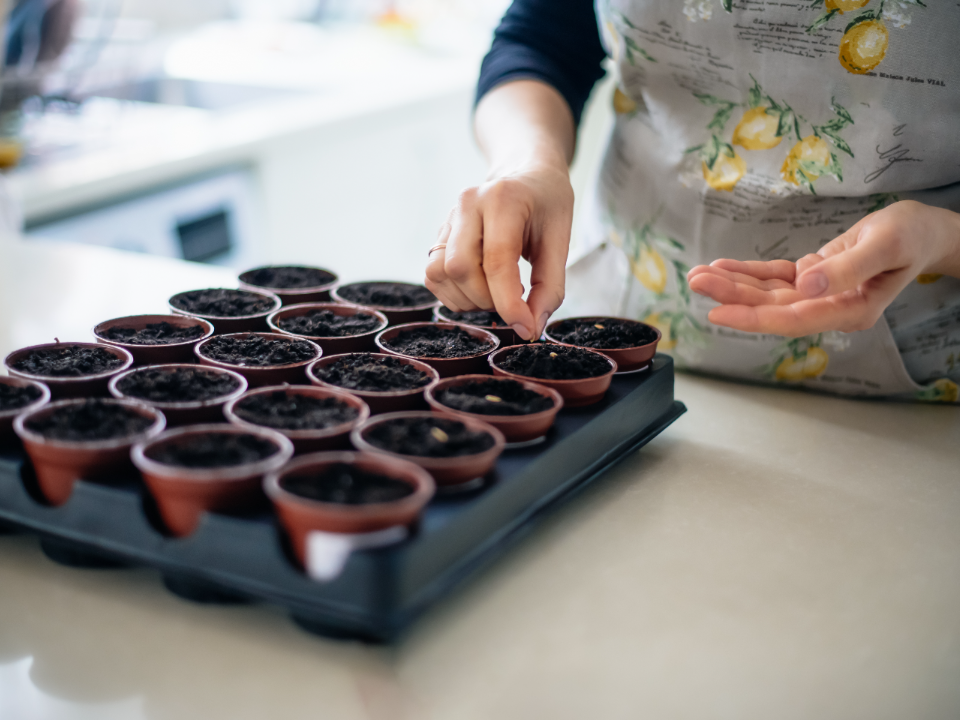
Starting your plants from seeds is one of the most cost-effective gardening hacks. Seeds are much cheaper than buying fully grown seedlings, and you can often find them in packets that last multiple seasons. Simply follow the planting instructions and you will have a whole garden full of fresh produce. By saving the seeds from your harvest, you can continue this cycle and cut your costs even further.
Growing from seeds allows you to have a wider variety of plants in your garden. You can select unique varieties that are not always available as seedlings in stores. With a little patience, you can achieve the same results at a fraction of the price. You can even start seeds indoors during the colder months to give them a head start.
Use Kitchen Scraps to Grow New Plants
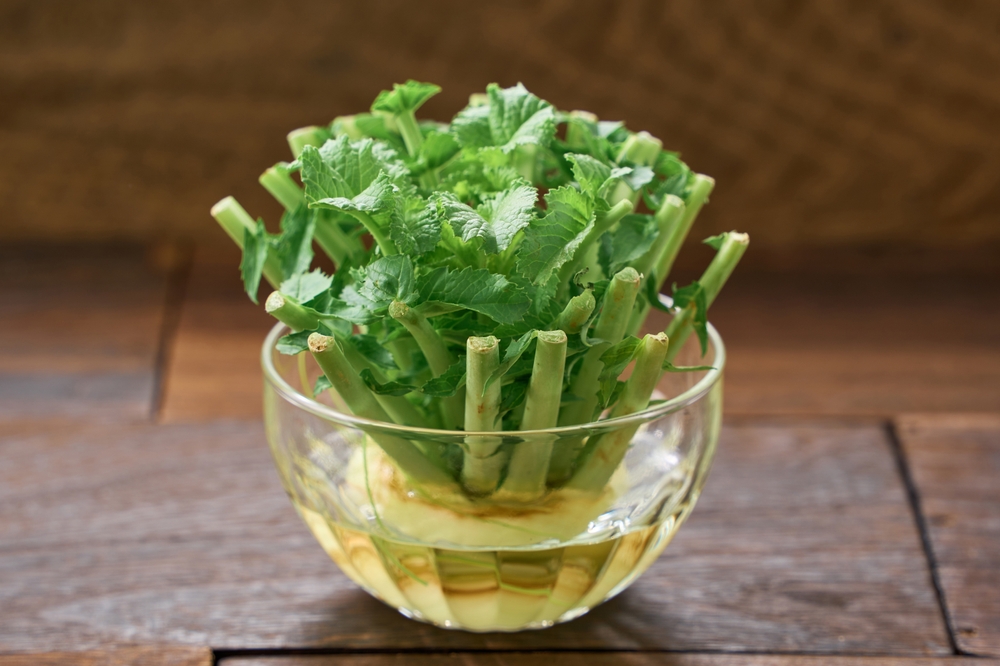
One of the easiest ways to save money on produce is to regrow plants from kitchen scraps. Many common vegetables, like green onions, potatoes, and carrots, can be regrown with minimal effort. Simply place the scrap in water or soil, and watch it sprout new growth. Not only does this save money, but it also reduces waste and helps create a more sustainable garden.
Regrowing from scraps is an excellent way to maximize what you already have. For instance, you can regrow lettuce, celery, and herbs from their leftover pieces. By reusing these scraps, you create a continuous supply of food without spending a dime. It is a simple hack that yields impressive results.
Create Your Own Compost
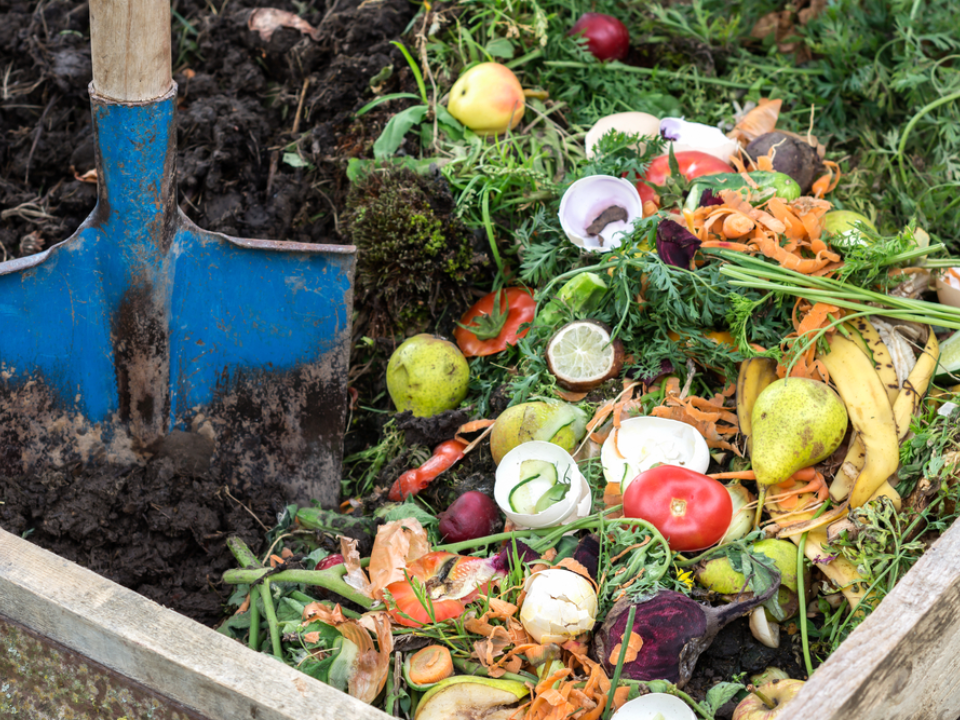
Composting is a simple way to recycle kitchen waste and yard debris into nutrient-rich soil. By composting your organic waste, you avoid the need to purchase expensive fertilizers and soil amendments. All you need is a compost bin or a designated compost pile, where you can toss vegetable scraps, grass clippings, and leaves. Over time, this waste breaks down into dark, crumbly compost that will improve the health of your garden soil.
Using compost enriches your garden and helps you grow more robust plants. It adds essential nutrients back into the soil, which means less money spent on chemical fertilizers. Composting is easy and reduces the need for store-bought soil conditioners, helping you grow healthier plants for less.
Use Mulch to Retain Moisture and Control Weeds
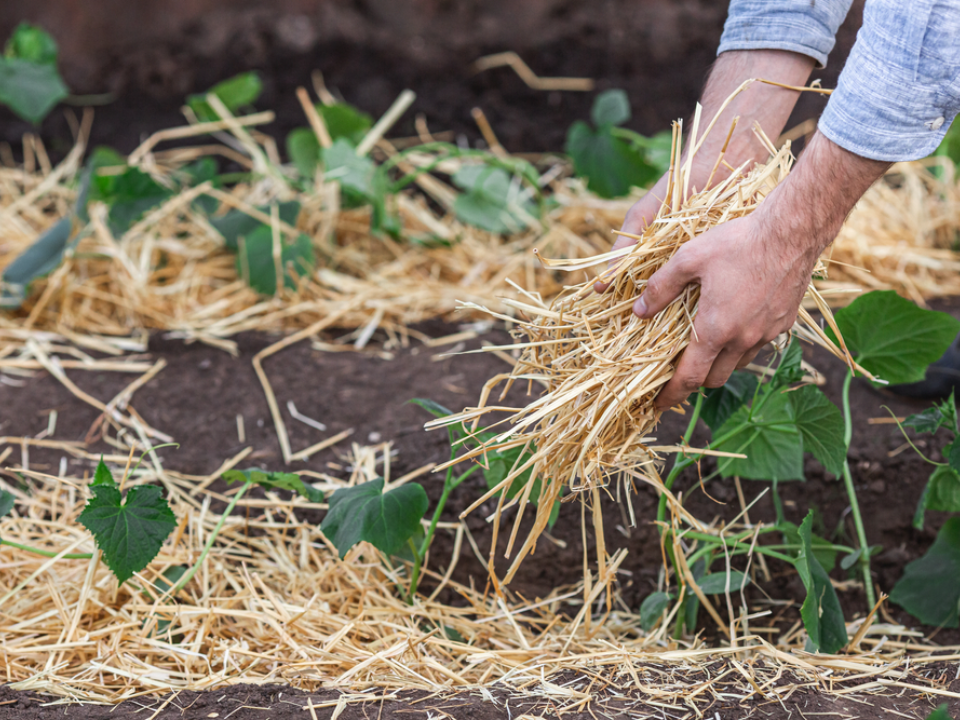
Applying mulch around your plants is a great way to save money and maintain a healthy garden. Mulch helps retain moisture in the soil, reducing the need for frequent watering. It also prevents weed growth, which can compete with your plants for nutrients and water. By keeping weeds under control, you save time and effort while also improving the health of your plants.
A layer of mulch also keeps the soil temperature stable, which can help your plants thrive. Organic mulches, like shredded leaves or grass clippings, break down over time, enriching the soil. This free or low-cost material can be found in your own backyard or from local sources, saving you money on garden supplies.
Collect Rainwater for Watering
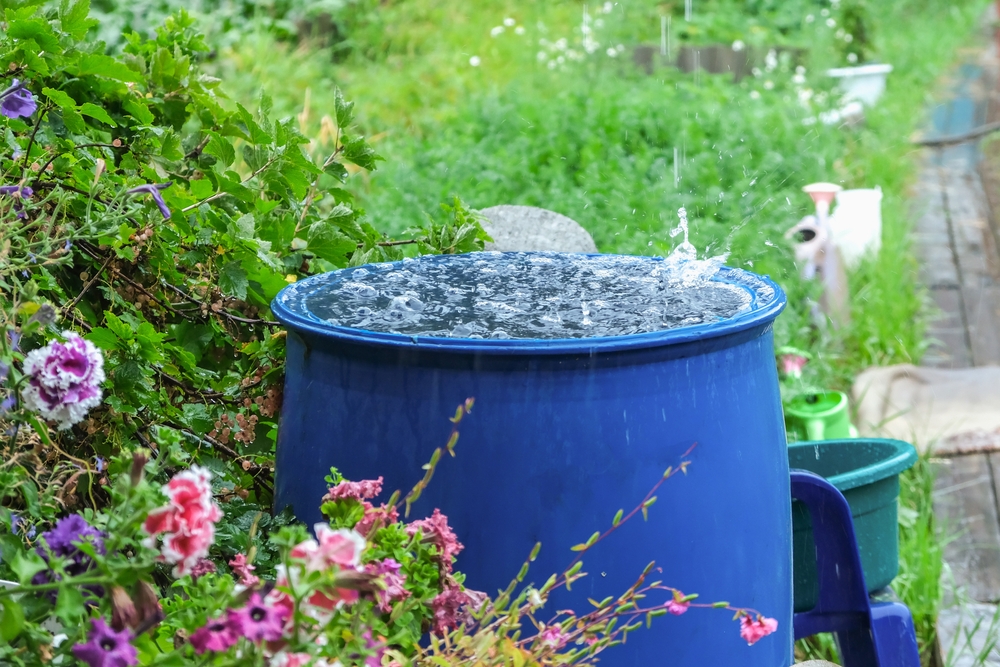
Instead of paying for water, why not collect rainwater to irrigate your garden? Setting up a rainwater collection system is a simple and effective way to save money on water bills. You can use a rain barrel or a large container to capture runoff from your roof during rainfall. This water is often more beneficial for plants than tap water, as it is free from chemicals and salts.
By using rainwater to water your plants, you reduce the strain on your water supply. It also prevents water waste, making it an environmentally friendly option. Collecting rainwater is a simple step that can have long-term savings, especially during dry months when watering needs increase.
Grow Perennials for Ongoing Harvests
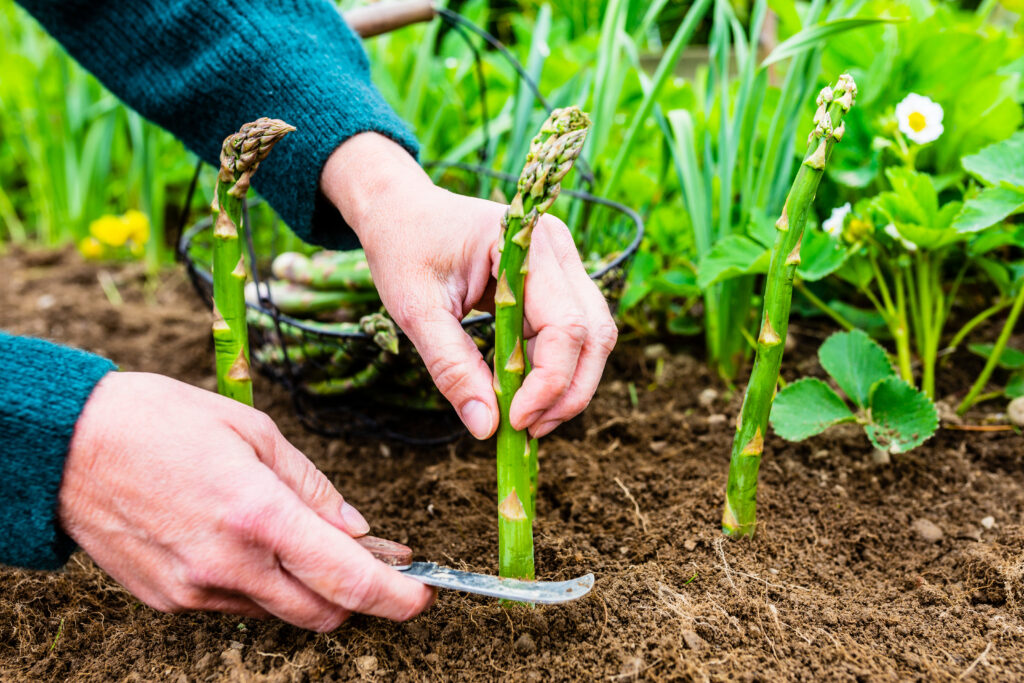
Planting perennial vegetables and fruits is a smart way to reduce your gardening costs over time. Unlike annuals, which need to be replanted each year, perennials come back year after year. As they establish themselves in your garden, you can enjoy continuous harvests without having to buy new plants every season. Examples of perennials include asparagus, rhubarb, and strawberries.
Perennials also tend to be hardier and require less maintenance once established. They provide consistent yields without additional investment, making them ideal for long-term savings. These plants will continue to produce for many years, cutting down on the need to purchase fresh produce from the store.
Plant in Raised Beds to Maximize Space and Productivity
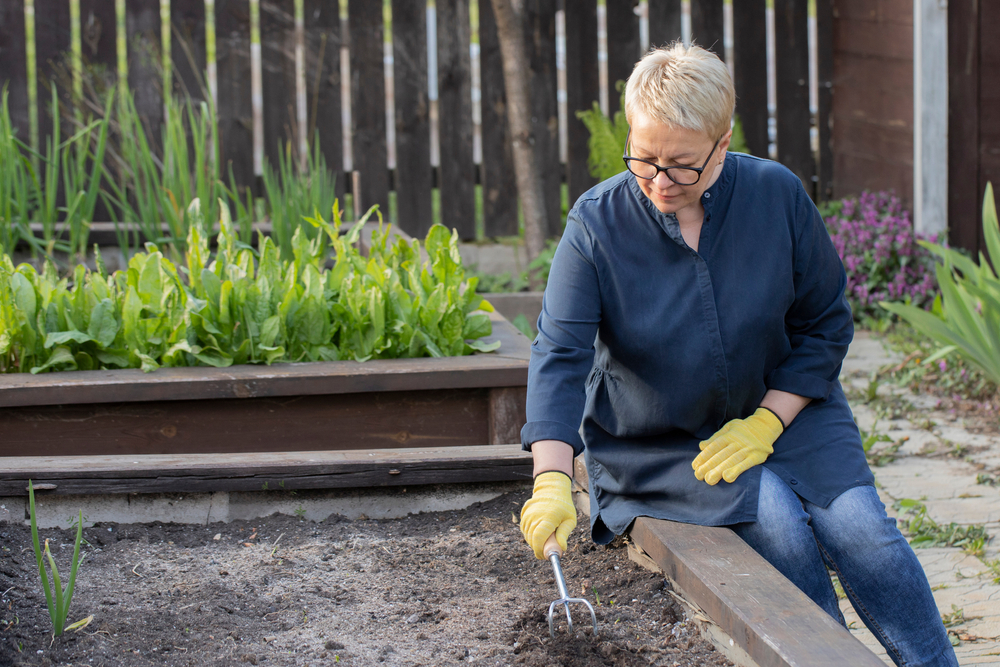
Raised garden beds are a great way to optimize your gardening space and save money on produce. By using a raised bed, you improve drainage and soil quality, which leads to healthier plants. The structure also allows for more efficient use of space, meaning you can grow more food in a smaller area. Raised beds reduce the need for excessive watering and help with pest control.
Building your own raised beds can be done on a budget with inexpensive materials like wood, bricks, or cinder blocks. With better soil and a more organized garden layout, you will get higher yields from your plants. Raised beds also offer easier access for planting, weeding, and harvesting, saving both time and money.
Save and Share Seeds with Fellow Gardeners
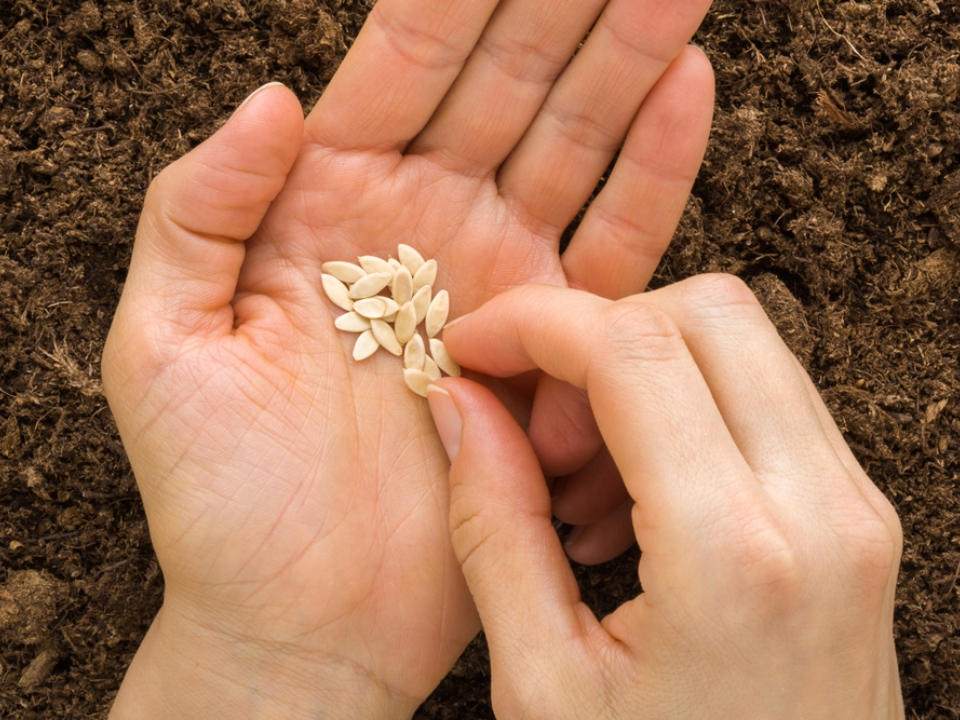
One way to reduce the cost of gardening is to save your seeds from year to year. Instead of buying new seeds every planting season, you can harvest and store seeds from your own plants. Many vegetables, such as tomatoes, peppers, and beans, are easy to save and grow again. Sharing seeds with other gardeners is also a great way to diversify your garden without spending extra money.
Seed saving not only cuts costs but also allows you to select the best plants from your previous harvest. You can exchange seeds with other gardeners, allowing everyone to try new varieties without additional costs. This practice encourages a sense of community while keeping your gardening costs low.
Reuse Containers for Starting Seeds
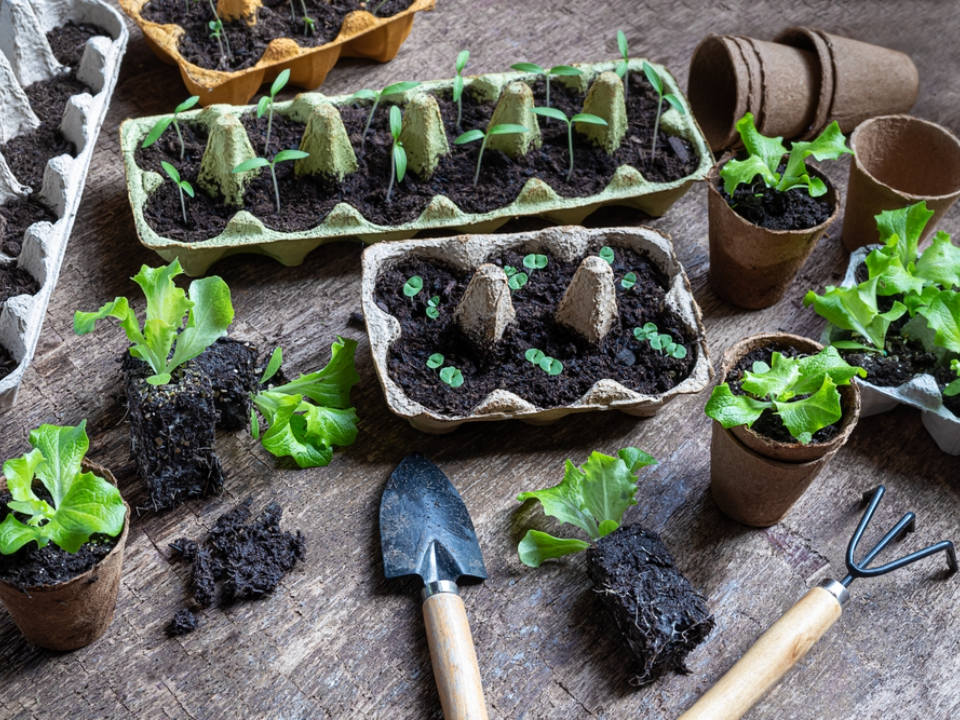
Before purchasing expensive pots or seed trays, consider reusing containers you already have at home. Egg cartons, yogurt cups, and even old plastic cups can work perfectly for starting seeds. Simply punch a few drainage holes in the bottom, and you have a free container for your seedlings. Reusing containers reduces waste and keeps your gardening expenses to a minimum.
This hack is especially helpful for starting seeds indoors before the weather warms up. You can start plants like tomatoes, peppers, and herbs early, without spending money on expensive starting kits. Plus, using containers you already have is an eco-friendly option.
Use Companion Planting to Improve Yields
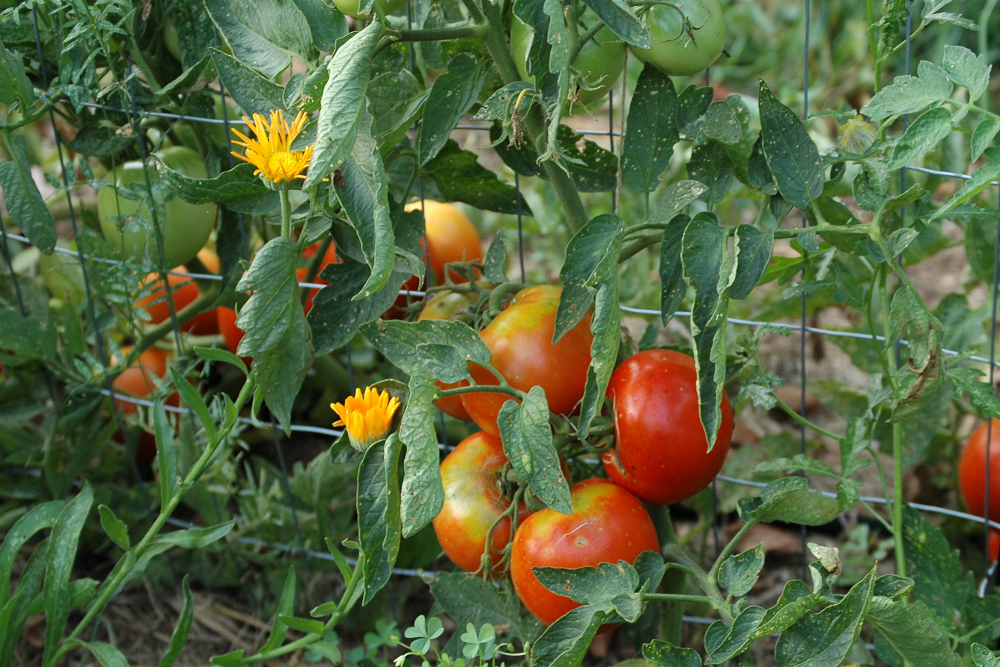
Companion planting is a gardening strategy where you plant certain types of plants together to benefit one another. Some plants help repel pests, while others enhance soil nutrients. For example, planting basil near tomatoes can help improve the flavor and growth of the tomatoes. Using this technique can increase your harvest while reducing the need for pesticides and fertilizers.
By carefully selecting companion plants, you create a healthier and more productive garden. This method is free and natural, helping you save money on chemical treatments. It also makes the most of the space in your garden, increasing the variety and volume of produce you can grow.
Grow Fast-Growing Crops for Quick Harvests
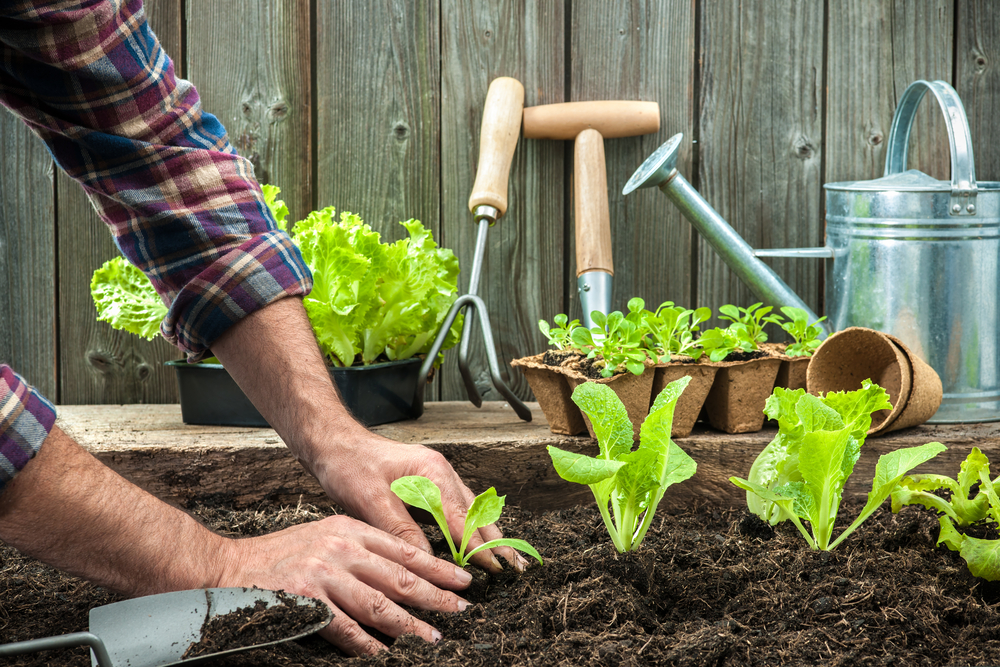
If you are short on time or space, consider growing fast-growing crops that yield quickly. Vegetables like radishes, lettuce, and spinach can be harvested in just a few weeks, providing fresh produce without a long wait. By choosing crops that mature quickly, you can get multiple harvests throughout the year, maximizing your space and investment.
These fast-growing crops also make excellent options for beginners or anyone with limited gardening experience. They are easy to grow and require minimal care. You can enjoy homegrown produce in a fraction of the time compared to other plants.
Practice Crop Rotation to Maintain Soil Health
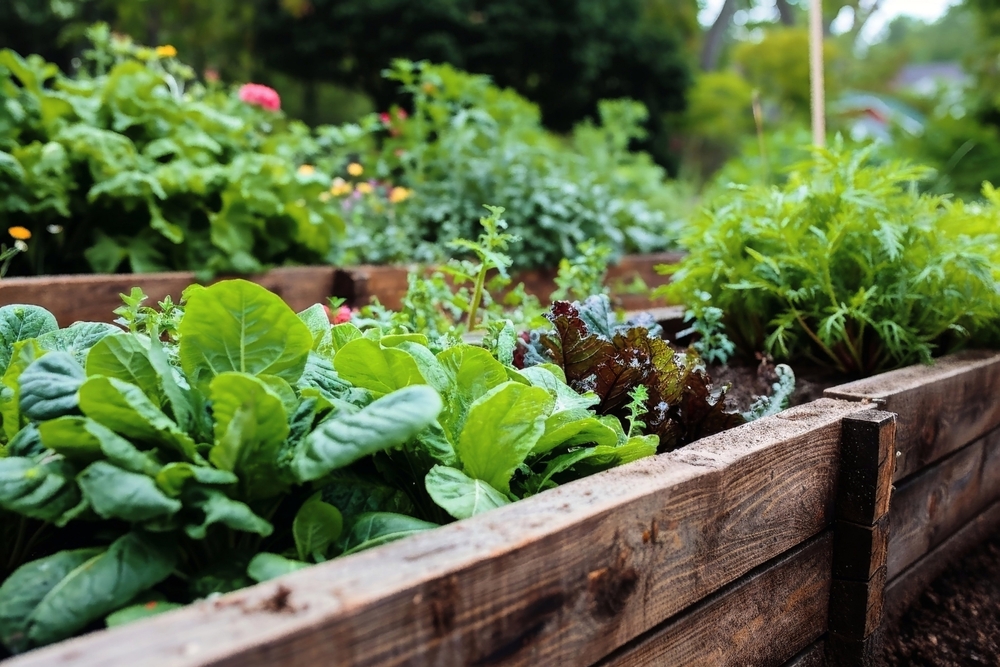
Crop rotation is a technique that involves planting different crops in the same location each season. This practice helps prevent soil depletion and the buildup of pests and diseases. By rotating crops, you maintain healthy soil, which leads to better yields and less need for expensive fertilizers. It is an easy way to ensure your garden remains productive year after year.
This technique is especially useful for gardeners with limited space. You can grow a variety of crops while keeping the soil balanced and rich in nutrients. Crop rotation can be done on a small scale, saving you money in the long run.
Grow Your Own Herbs to Avoid High Store Prices
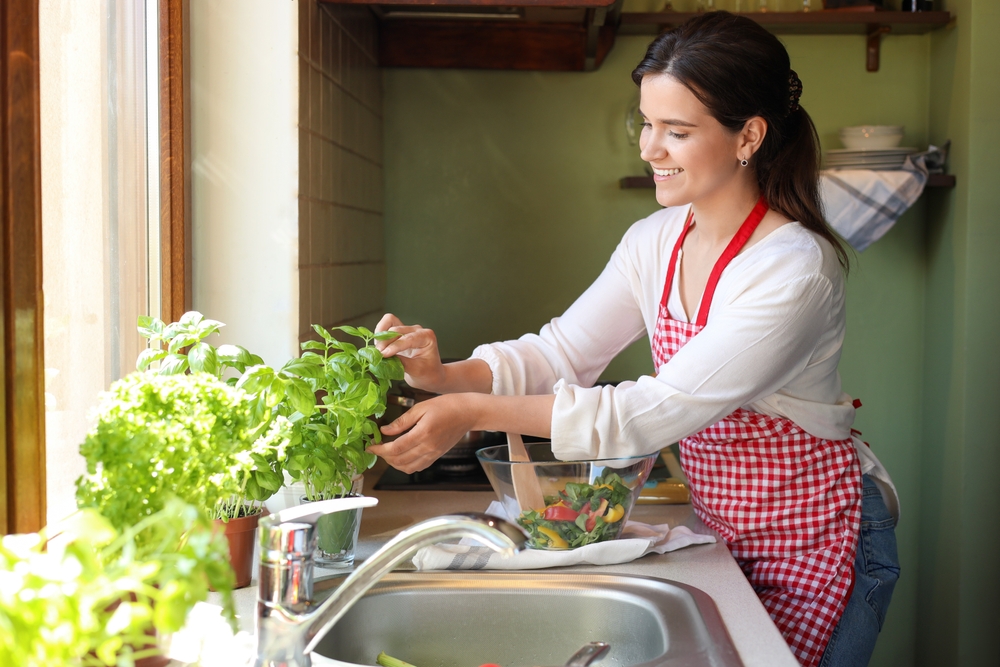
Herbs can be expensive to buy at the store, especially if you use them often. By growing your own herbs in small pots or garden beds, you save money and ensure you always have fresh herbs on hand. Herbs like basil, parsley, and mint are easy to grow, even in small spaces. They thrive indoors or outdoors, so you can enjoy fresh flavors year-round.
Once your herbs are established, they require very little maintenance. You can snip off leaves as needed, ensuring you have fresh herbs for cooking without any additional cost. Growing your own herbs is a simple, budget-friendly way to enhance your meals and your garden.
This article originally appeared on Avocadu.
